Welcome to Saturday Sparks! This week, we’re charting a course into the relaxing and exhilarating world of sailing. Whether you’re gliding across a serene lake or catching the wind in the open ocean, sailing offers a unique combination of adventure and tranquility, making it the perfect hobby for those who love nature, challenge, and the thrill and freedom of the open water.

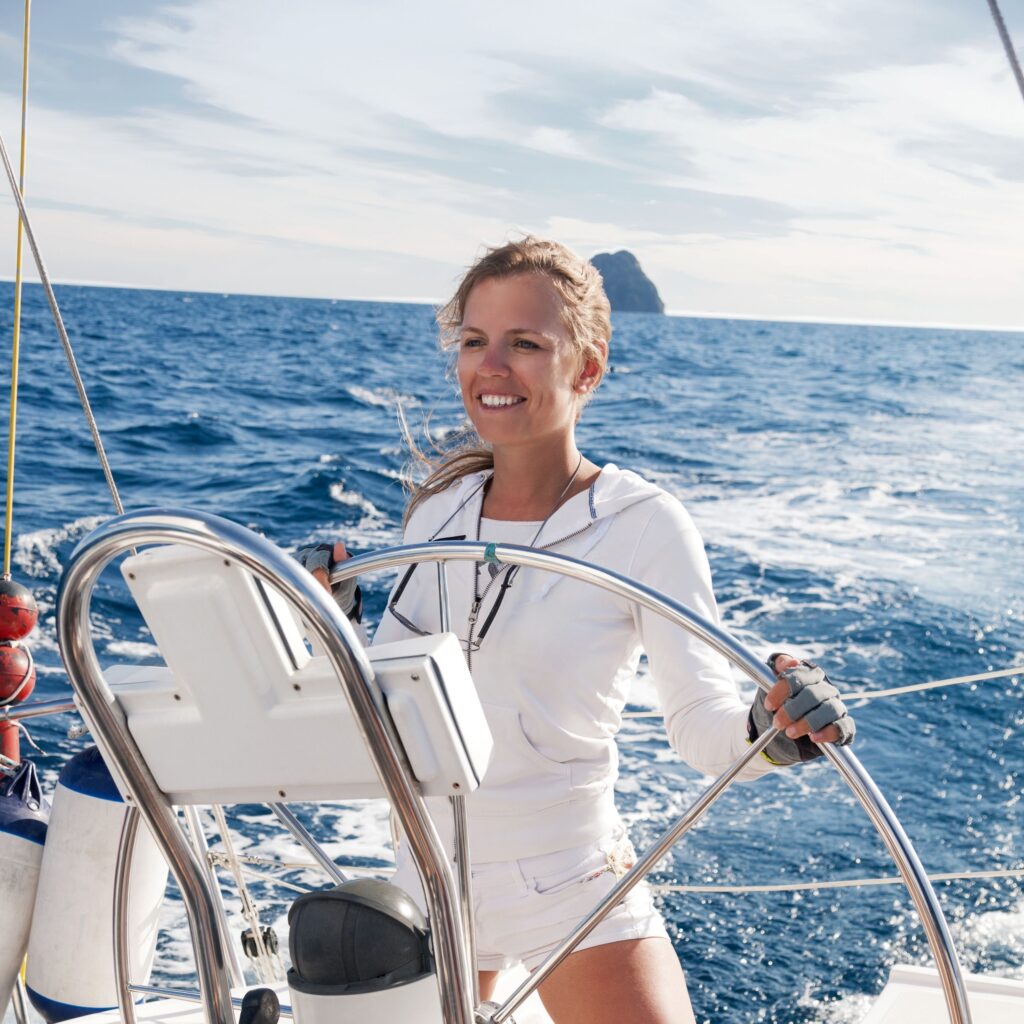
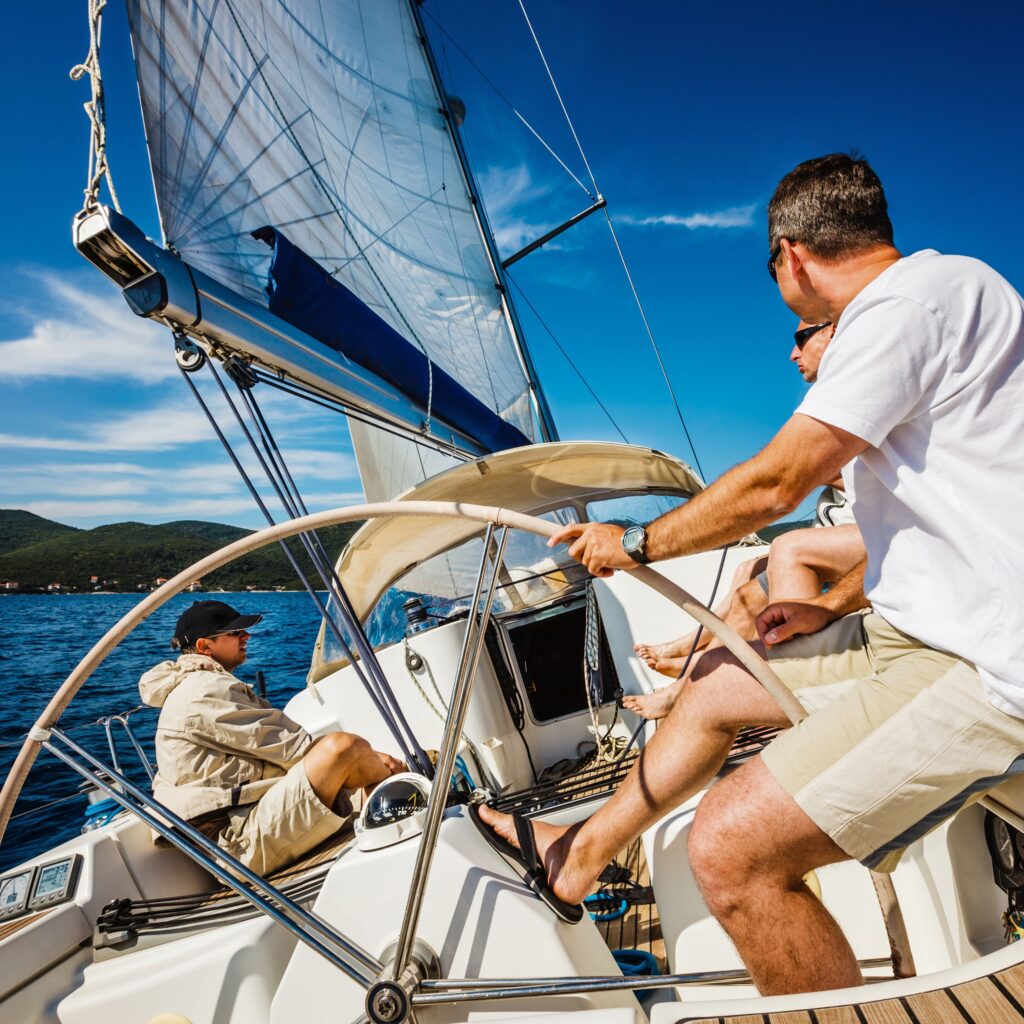
DESCRIPTION
Sailing is the art of navigating a boat using the wind’s power to propel it forward by manipulating sails, the rudder, and other key controls.
At its core, it’s a practice of harnessing natural forces, adjusting the sails to capture wind from various angles and steering to maintain direction and balance.
Mastering sailing involves understanding wind patterns, boat dynamics, points of sail, and how to trim sails for optimal performance.
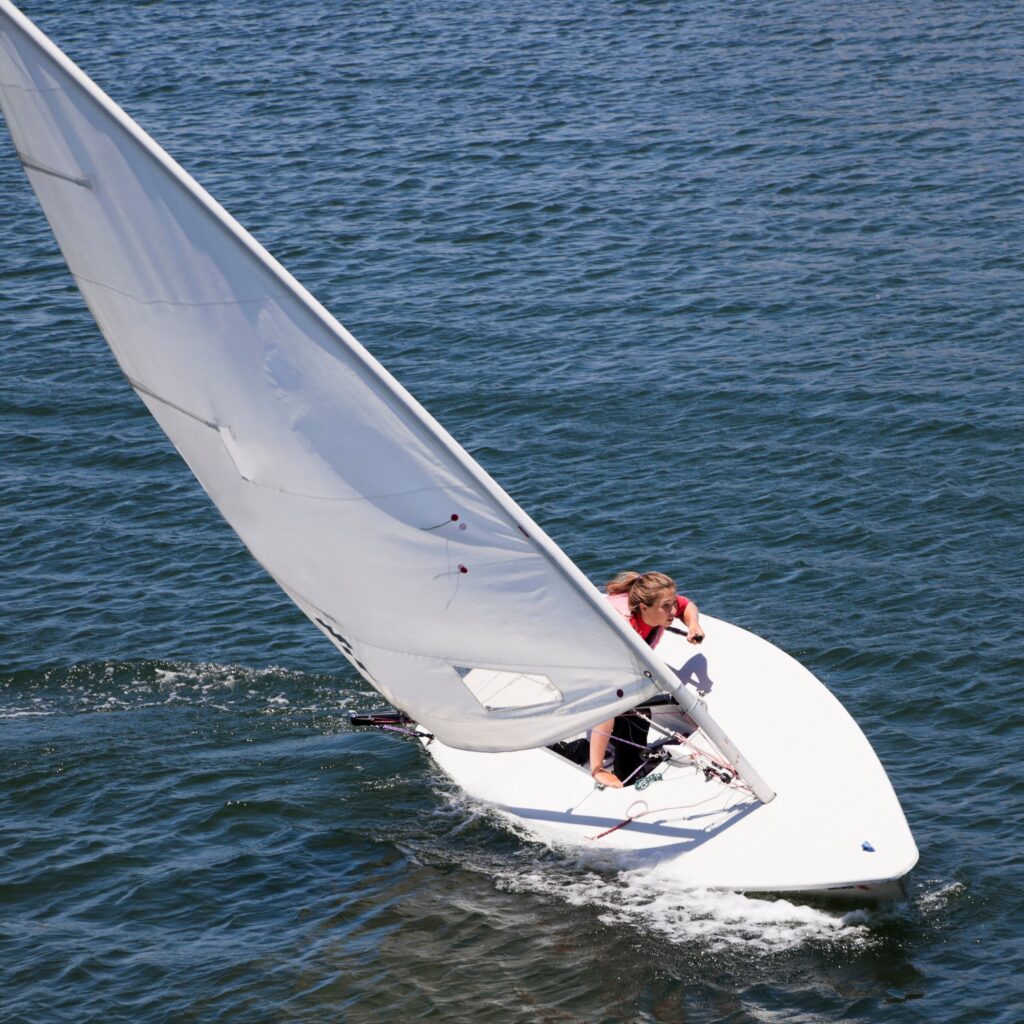

It’s an exciting way to connect with the water and explore the outdoors while mastering the coordination and decision-making needed to control your vessel.
Whether you’re handling a small, responsive dinghy or a more complex keelboat, sailing offers a hands-on, immersive experience filled with adventure and exploration.
Benefits of Sailing
Sailing engages both the body and the mind. It’s a full-body workout; raising sails, steering, and keeping balance works your muscles, especially in your core and arms. At the same time, it requires focus and fast thinking as you read the wind, adjust your course, and solve problems on the fly.
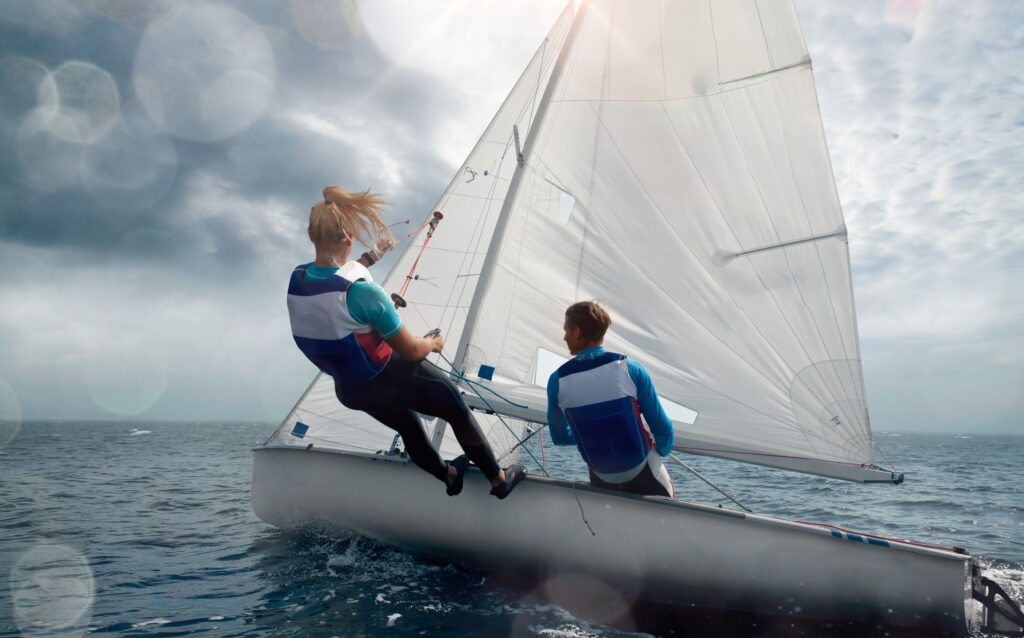
The rhythm of sailing has a naturally meditative effect. The steady motion of the boat, the sound of water, and the need to focus on your surroundings help quiet your thoughts. It’s a soothing way to reduce stress, bringing you into the present moment with every shift of the wind.
Sailing also provides a true digital detox. With your attention on the sails, the water, and your route, it’s easy to forget about screens and notifications. The quiet helps you reset and recharge, offering mental clarity that’s hard to come by on dry land.

It can be a surprisingly social hobby. Sailing clubs, community races, and group outings give you a chance to meet others who love the water. It’s a great way to connect, learn from others, and build friendships around a shared passion.

It’s an ideal way for couples, families, or friends to bond through shared adventure and teamwork.
If you sail with others, it builds real communication and teamwork. Coordinating maneuvers, anticipating each other’s moves, and reacting together strengthens trust and connection.

It teaches patience and adaptability. Plans can shift with the weather, and progress often depends on the wind. Learning to stay flexible and make the best of what you’re given is part of the experience, and part of the reward.
It’s a pursuit that rewards both beginners and seasoned sailors, offering endless opportunities for growth and discovery. From understanding wind patterns to improving boat handling, there’s always something new to master. You’ll pick up technical skills, nautical terms, and weather awareness, keeping your curiosity and knowledge growing with each trip.
Taking charge of a boat builds confidence and independence. As you learn to navigate, handle challenges, and make decisions on the water, you develop a strong sense of self-reliance and calm under pressure—skills that carry into other areas of life.

Even short trips bring a sense of accomplishment. You don’t need a long voyage to feel like you’ve gone somewhere—just making it to a new cove, handling a tricky tack, or sailing solo for the first time gives you something to be proud of.

It offers a quiet, front-row seat to nature’s wonders. Out on the water, you’re surrounded by open skies, clean air, and natural beauty—whether it’s a calm lake or a coastal bay. Wildlife sightings are common, and the environment changes constantly, giving you a deeper appreciation for the outdoors.
Getting Started
If you’re new to sailing, consider starting with a class or local sailing club. Many clubs, marinas, and community programs offer beginner-friendly lessons that cover the basics on land and water, with instruction from experienced sailors in a safe, guided setting.
You don’t need to own a boat to get started.
Sailing schools, clubs, and community programs often provide boats as part of their classes.
Some clubs have boat-share programs or let members check out boats for practice. You can also look into local rental services or join a crew looking for help.
Consider joining a sailing club or group. Clubs often provide boat access, discounted lessons, mentorship, and organized outings that make learning easier and more affordable.
Small keelboats or dinghies are good options for beginners because they’re easier to control and give you a hands-on way to practice sailing skills before moving to larger vessels.
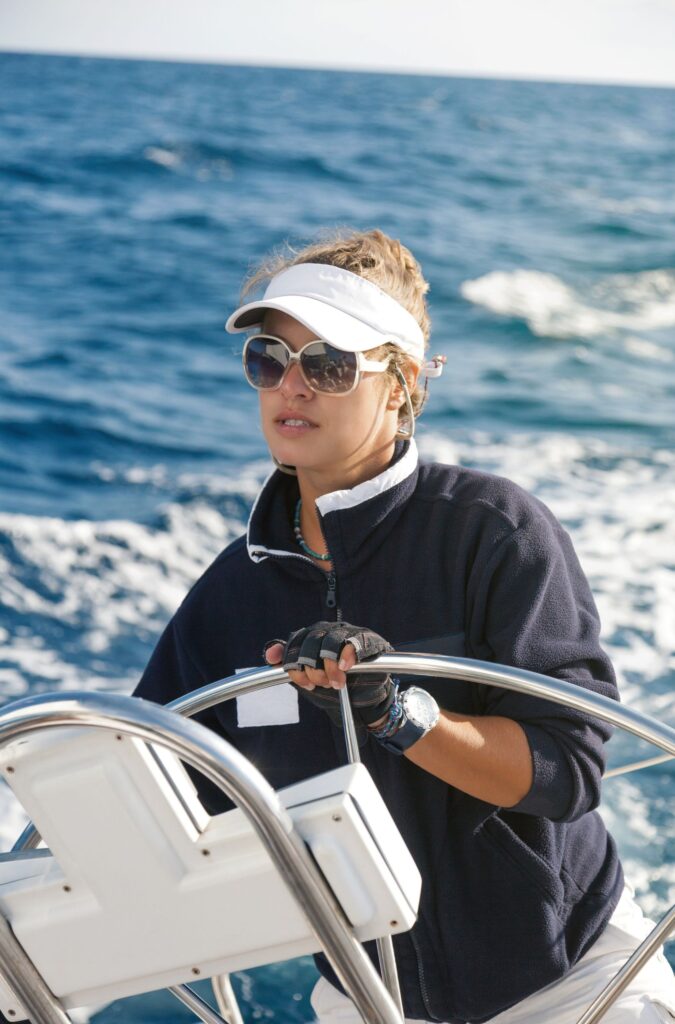
Familiarize yourself with the key parts of a sailboat, like the mainsail, jib, rudder, and tiller. Understanding what these parts do helps you get comfortable with how the boat moves and how to steer.
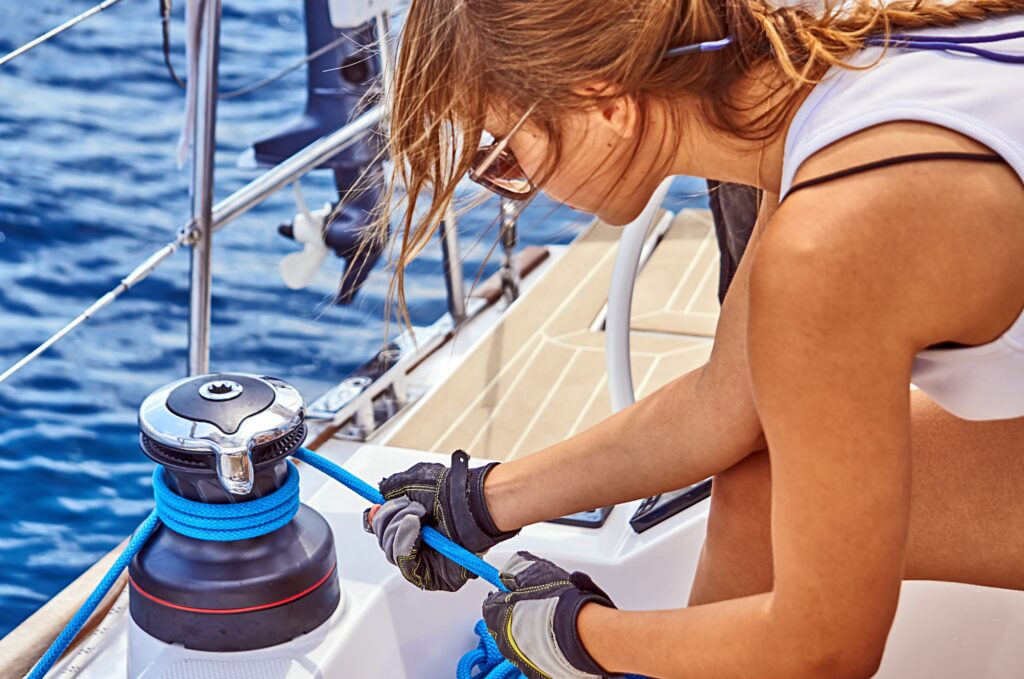
Learn basic terminology like port (left), starboard (right), tack (turning the bow through the wind), and jibe (turning the stern through the wind). Knowing these terms helps you communicate clearly and follow instructions on board.
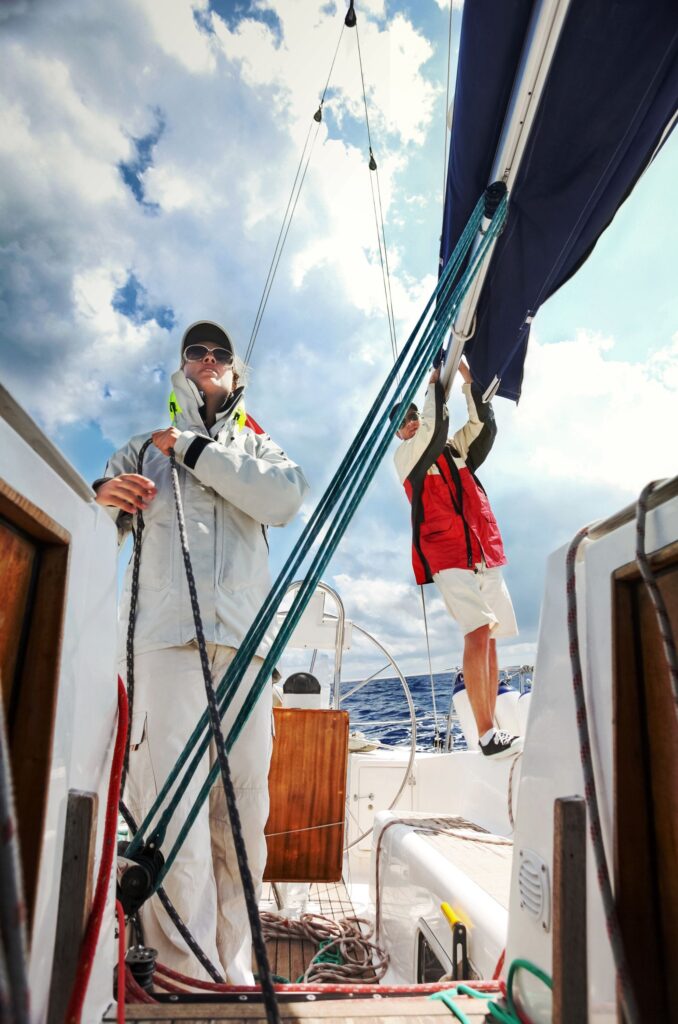
Dress for the water, not just the weather. Wear non-slip shoes, moisture-wicking layers, and a properly fitted life jacket.
You’ll stay safer and more comfortable, especially if conditions change
Start with short, simple sails. Day trips on calm water let you focus on building confidence and learning without being overwhelmed.
Practice reading wind and weather. Understanding how wind, waves, and weather affect your boat helps you plan safe outings. Calm, protected waters are ideal for building this skill.
Know your safety basics. Learn how to wear and use a life jacket, understand who has the right of way, and be prepared for emergencies.
Stay curious and keep learning. Every time you go out, you’ll gain a new skill or insight. Sailing has a learning curve, but it’s rewarding every step of the way.
Resources
Learning to sail can feel more approachable when you know where to look. These resources can help you get started, build skills, and stay connected with the sailing community.
Local sailing clubs and marinas often offer beginner classes, social sails, and even boat access programs. Check your area for clubs or harbor sailing schools, they’re one of the easiest ways to get on the water without owning a boat.
Community programs and adult education centers sometimes run seasonal sailing courses. These can be affordable and beginner-friendly, often including both classroom and on-water instruction.
Charter companies and rental programs allow you to rent small boats by the hour or day, with or without instruction. This is a good way to get practice time if you’re not ready to commit to a club or purchase.
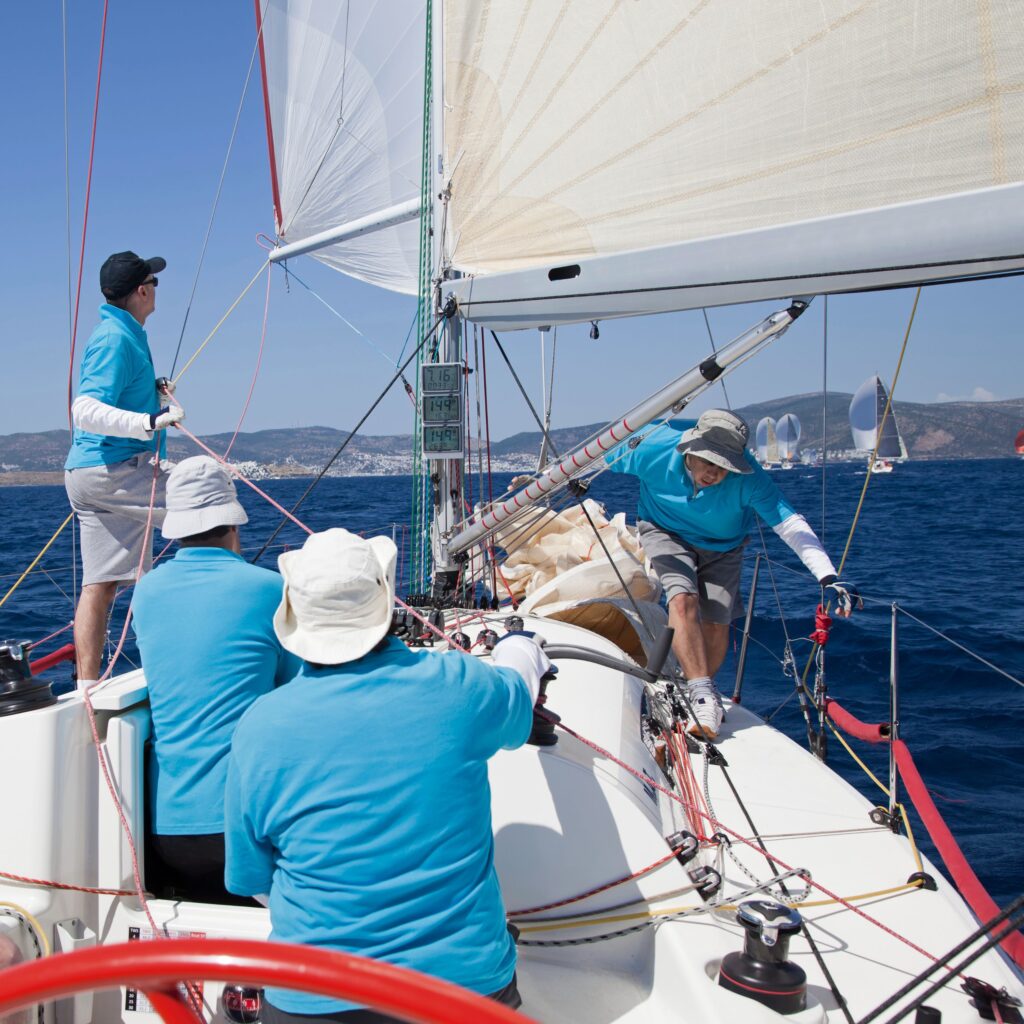
Sailing apps and weather tools like Windy, Navionics, or PredictWind help you read wind forecasts, track conditions, and plan safe outings. Some apps also offer sailing tutorials and knot diagrams.
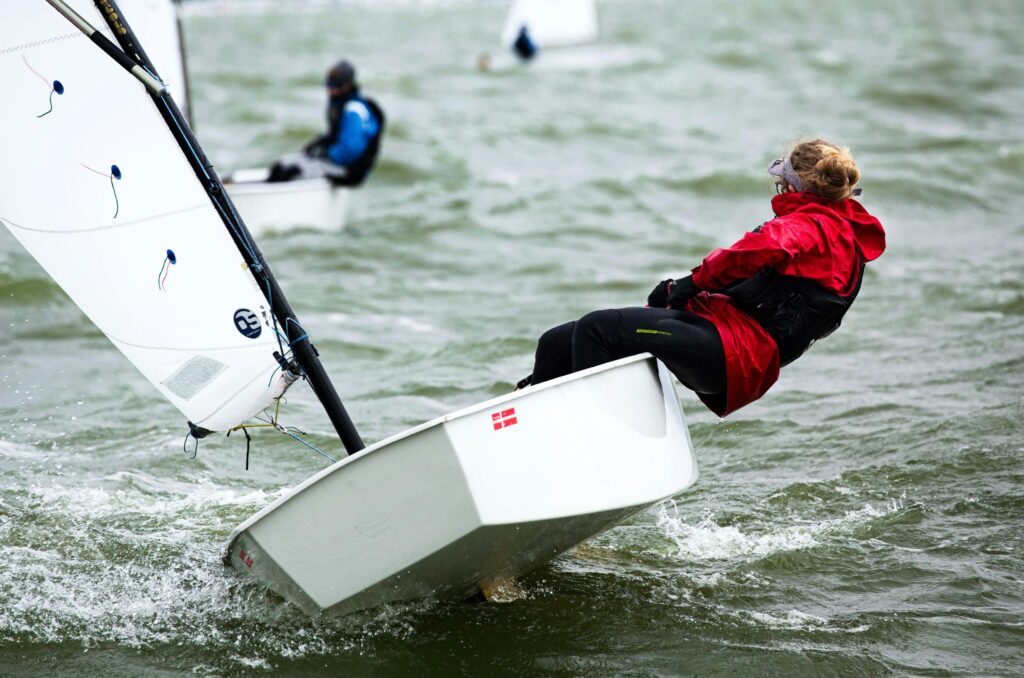
Online forums and social media groups connect you with experienced sailors who are often happy to answer questions and share tips.
Local libraries or outdoor centers sometimes have guides, maps, or community boards with sailing opportunities, especially in coastal or lakeside areas.
Online tutorials and sailing channels (like those on YouTube or Skillshare) walk through everything from how to rig a sailboat to knot-tying and reading wind conditions. Great for visual learners and those wanting to study at their own pace.
Books on sailing basics offer step-by-step guidance on terminology, techniques, safety, and navigation. Look for beginner-focused titles like Sailing for Dummies or Start Sailing Right! which break things down clearly.
Safety Tips
Safety should always be part of your sailing routine, whether you’re heading out for the first time or the hundredth. Here are some basic guidelines to help you stay safe on the water:
Always wear a properly fitted life jacket, even if you’re a strong swimmer. It should be snug, comfortable, and rated for your activity.
Know how to swim and practice basic water safety. It’s not just about staying afloat, being calm and confident in the water matters in an emergency.
Use sunscreen, wear sunglasses with a strap, and bring a hat. Sun exposure is stronger on the water due to reflection. Wear non-slip shoes to reduce the risk of falls. Wet decks can become slick quickly.
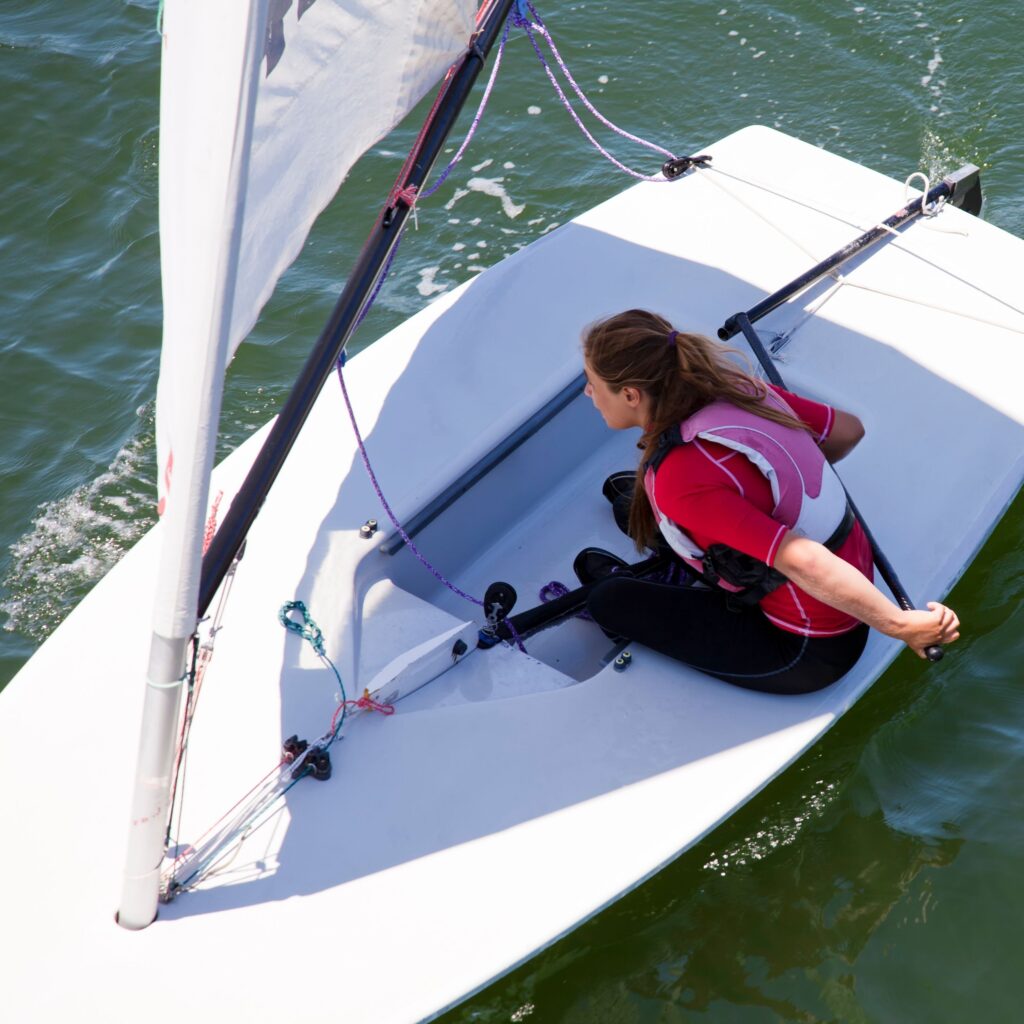
Keep a first-aid kit, emergency whistle, and waterproof flashlight on board. These basics can be critical if things go wrong. Know how to use all your safety gear. Equipment is only helpful if you know how and when to use it.
Make sure you’re familiar with local water regulations and weather patterns before heading out. Knowing the rules and how local conditions tend to behave can help you make better decisions. Understand right-of-way rules and know how to navigate around other boats safely. Following these helps prevent collisions and confusion.
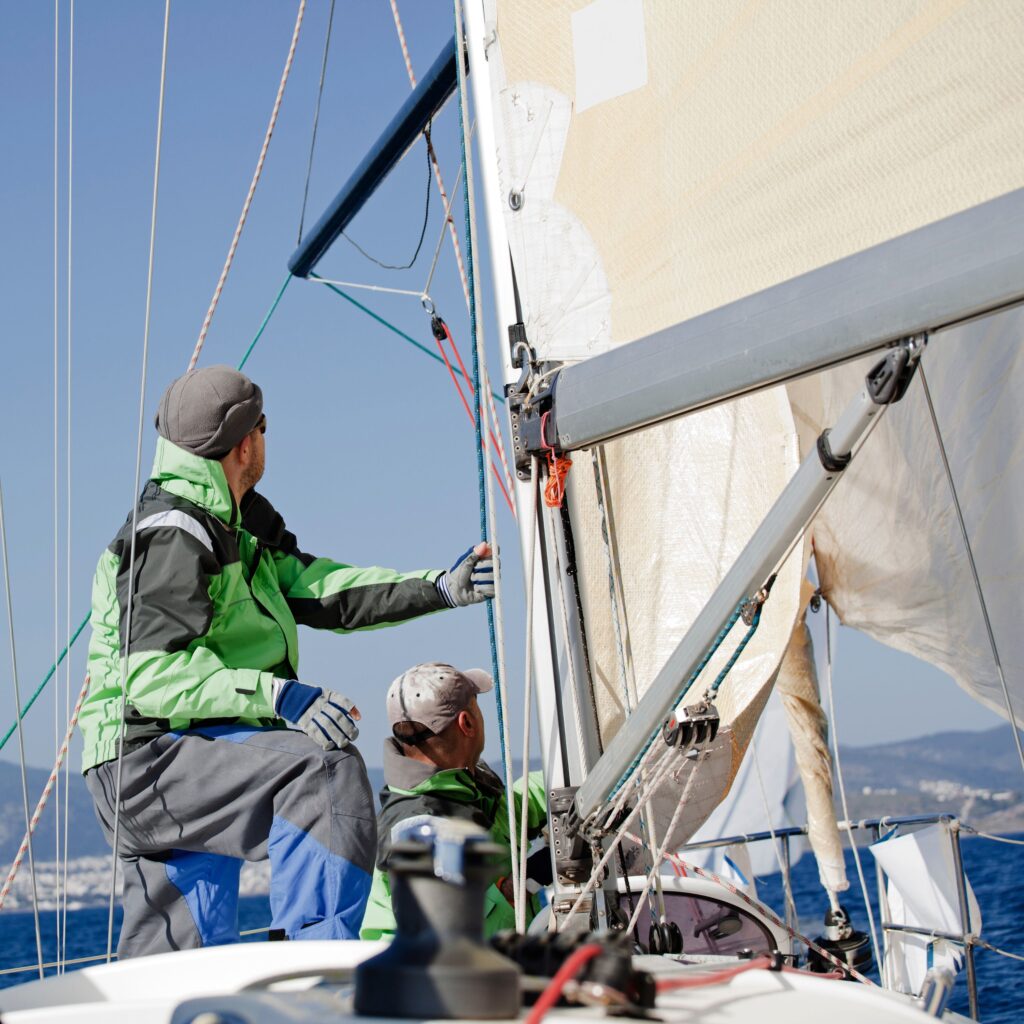
Check the weather before heading out and stay alert for changing conditions. Avoid sailing if storms, high winds, or low visibility are in the forecast. Stay aware of wind conditions and tides, as both can shift quickly and directly affect your ability to control the boat or return safely.
Carry a way to communicate, like a VHF radio or a waterproof, fully charged phone, especially if you’re sailing out of sight of land. Always have a backup plan in case of an emergency or sudden change in weather. Know where you could safely dock or anchor if needed.
Avoid alcohol while sailing. Staying alert and in control is key for making good decisions and responding to unexpected situations.
Lastly, whether you’re sailing solo or with a crew, always let someone know your planned route and expected return time. This ensures that help can reach you if needed.

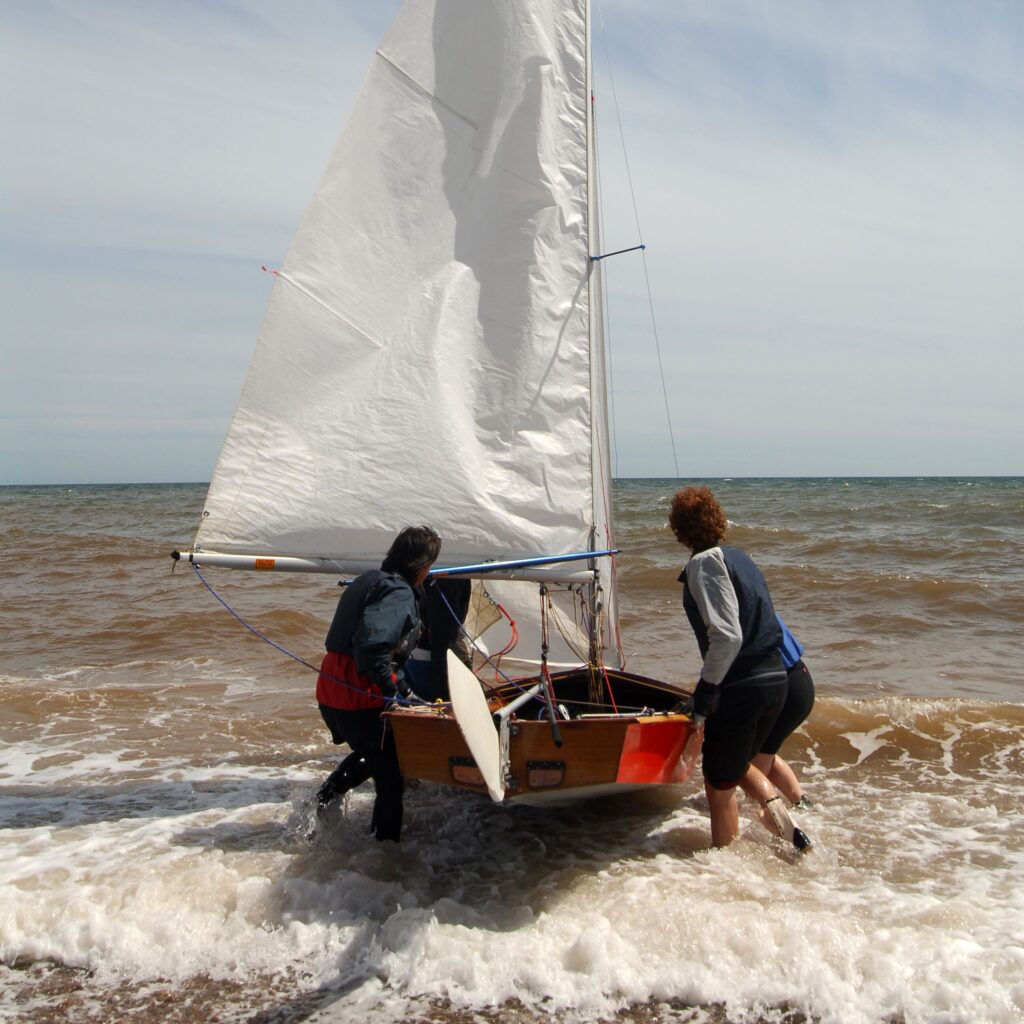
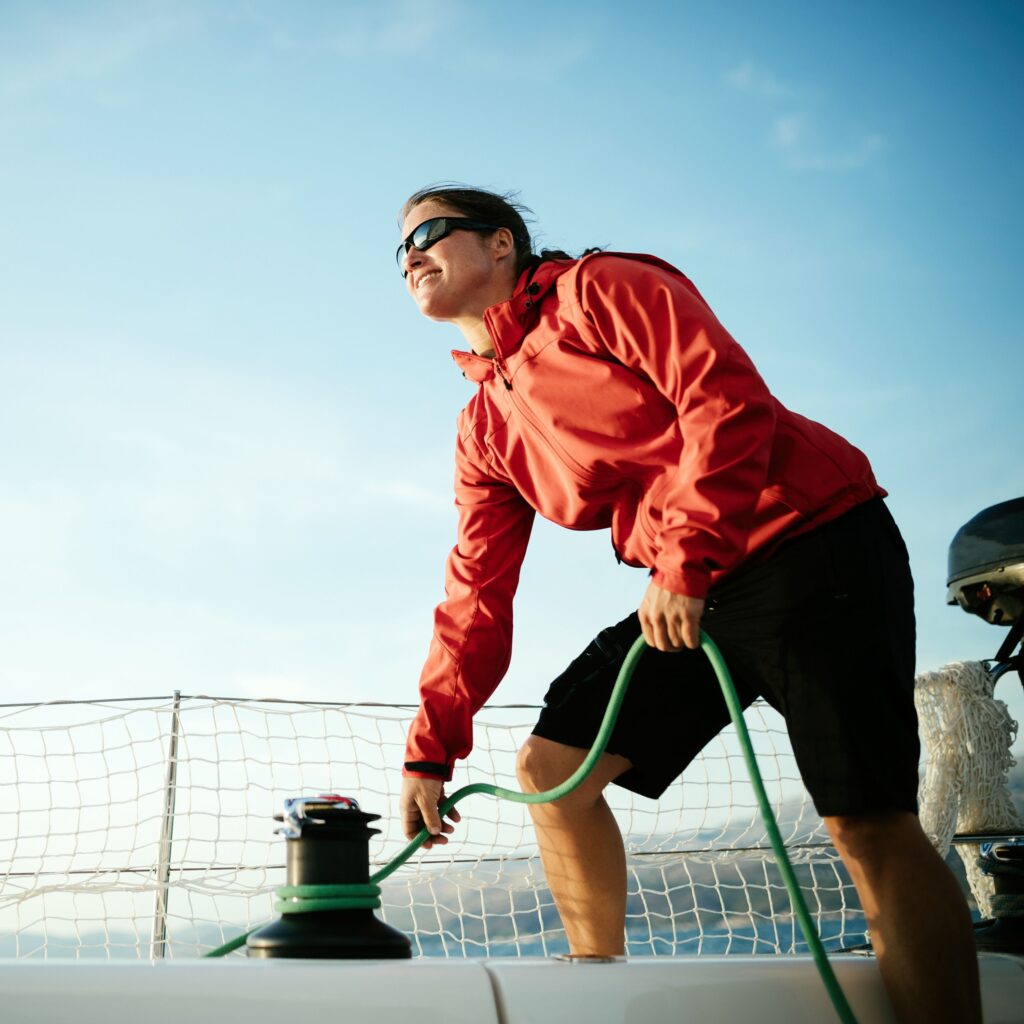
Final Thoughts
Sailing is an adventurous and peaceful way to connect with nature, challenge yourself, and enjoy the great outdoors. Whether you’re learning the ropes or already an experienced sailor, there’s always something new to discover on the water. So, grab a sailboat, catch the wind, and let the adventure begin!
Have you ever been sailing? Share your favorite sailing experience in the comments below!
Leave a Reply